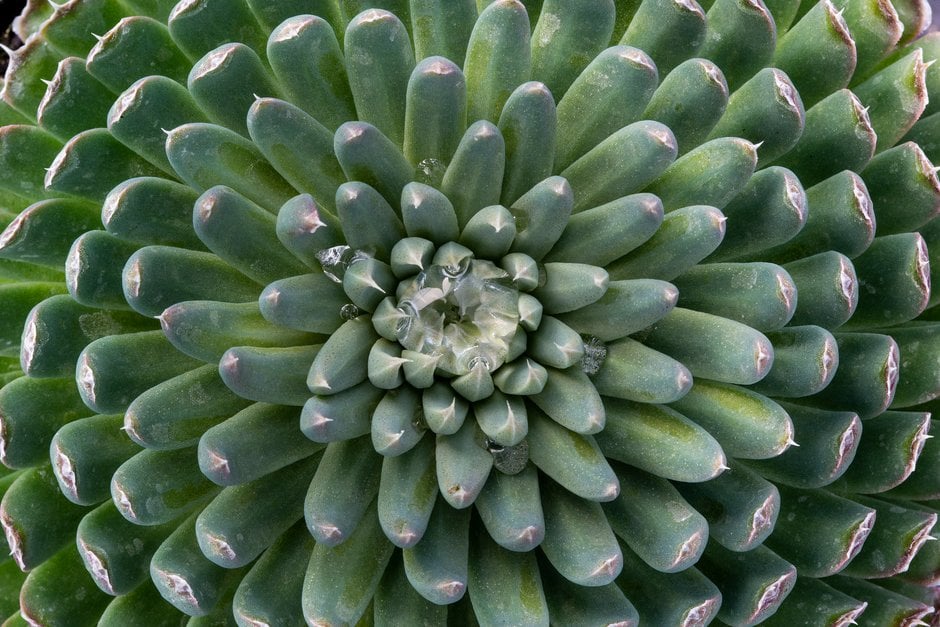Orostachys spinosa
spiny pennywort
A slow-growing perennial producing rosettes of grey-green leaves up to 10cm across. The short, fleshy leaves have spiny tips, and usually curve inwards but sometimes the longer, outer row opens out to give a sunflower-like effect. Dense, 30cm spikes of small, creamy flowers are sometimes produced in late summer
Size
Ultimate height
Up to 10cmTime to ultimate height
5–10 yearsUltimate spread
0.1–0.5 metresGrowing conditions
Moisture
Well–drainedpH
Acid, Alkaline, NeutralColour & scent
| Stem | Flower | Foliage | Fruit | |
| Spring | Green Grey Silver | |||
|---|---|---|---|---|
| Summer | Yellow | Green Grey Silver | ||
| Autumn | Green Grey Silver | |||
| Winter | Green Grey Silver |
Position
- Full sun
Aspect
West–facing or South–facing or East–facing
Exposure
Exposed or Sheltered Hardiness
H4Botanical details
- Family
- Crassulaceae
- Native to GB / Ireland
- No
- Foliage
- Evergreen
- Habit
- Matforming
- Genus
Orostachys are low-growing perennials forming dense rosettes of short, fleshy leaves. Erect stems carry clusters of star-shaped flowers in summer or autumn. Individual rosettes die after flowering
- Name status
Correct
- Plant range
- Russia to China
How to grow
Cultivation
Grow in very well-drained soil or compost in full sun. Although very hardy, plants will not tolerate wet or humid conditions so are better grown under cover in a well-ventilated, cold greenhouse or cold frame
Propagation
Propagate by rooting offsets in spring
Suggested planting locations and garden types
- Gravel garden
- Patio and container plants
Pruning
Rosettes die after flowering, so remove them carefully
Pests
May be susceptible to mealybugs
Diseases
Generally disease-free
Get involved
The Royal Horticultural Society is the UK’s leading gardening charity. We aim to enrich everyone’s life through plants, and make the UK a greener and more beautiful place.
